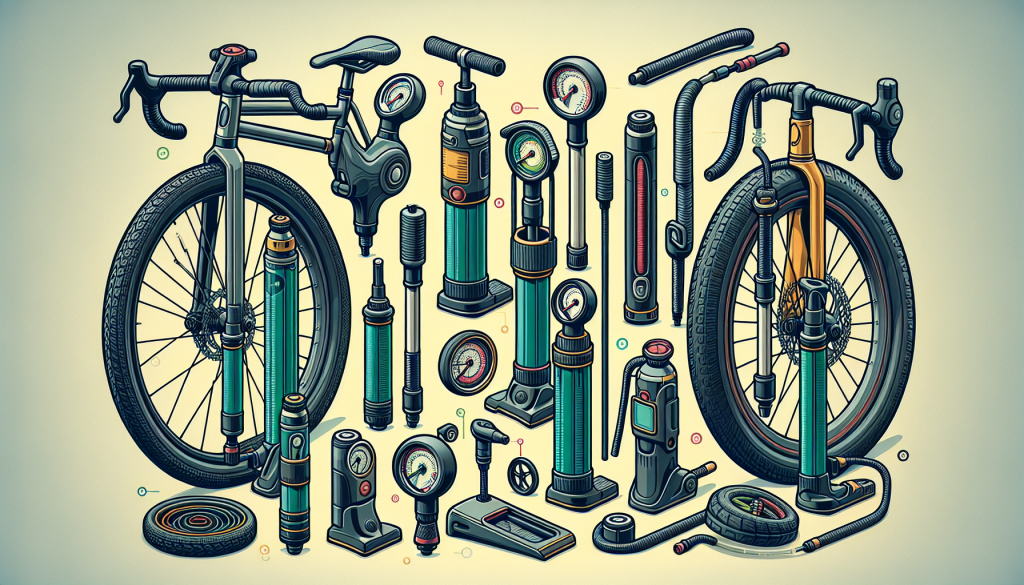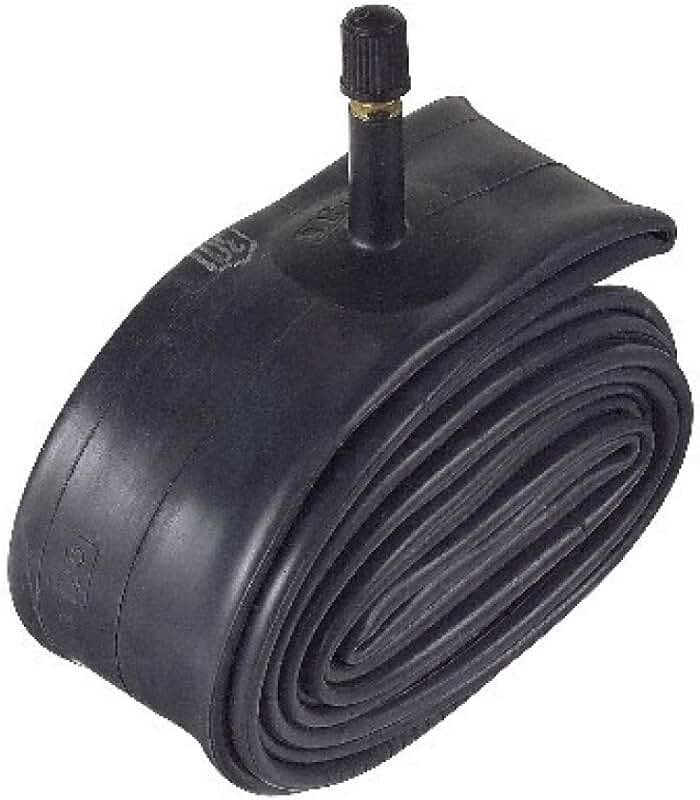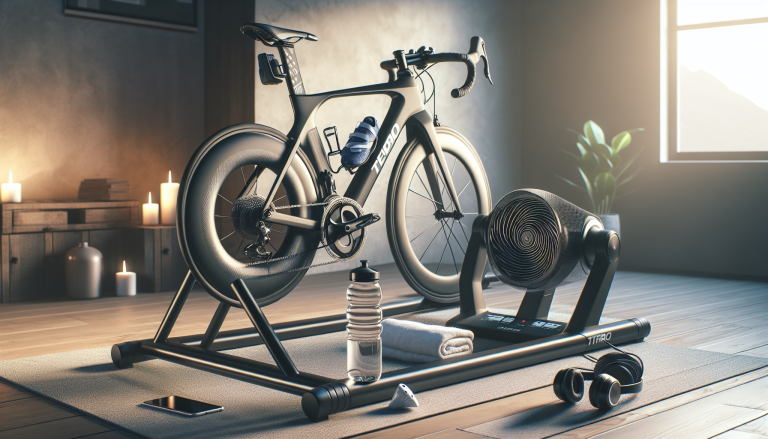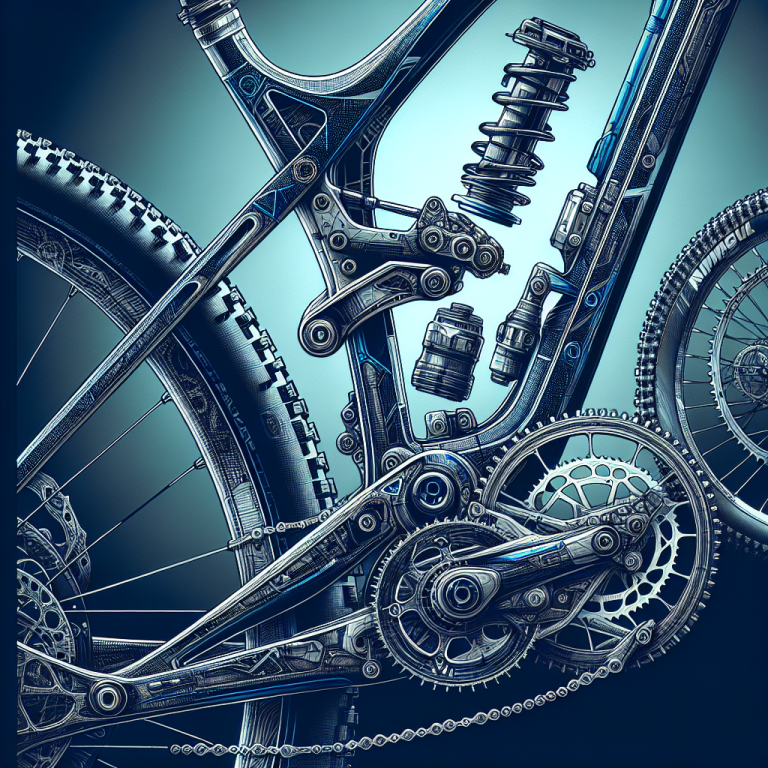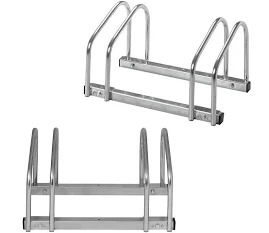Looking for the perfect pump to keep your bike tires inflated and ready for any adventure? Look no further! In this article, we will explore a variety of pumps specifically designed for cyclists, offering a range of features and benefits to suit your needs. Whether you’re a casual rider or a seasoned pro, finding the right pump can make a world of difference in your biking experience. So let’s dive into the world of pumps for cyclists and discover the best options available for you.
Table of Contents
ToggleDifferent Types of Bike Pumps
When it comes to bike pumps, there are several options to choose from, each with their own unique features and benefits. It’s important to understand the different types available and their suitability for your needs. The four main types of bike pumps are floor pumps, hand pumps, CO2 inflators, and frame-mounted pumps. Let’s take a closer look at each of these options.
Floor Pumps
Floor pumps, also known as track pumps or standing pumps, are the most common type of bike pump used by cyclists. These pumps are typically larger in size and have a long barrel and a sturdy base that provides stability while inflating the tires. Floor pumps are designed to be used on the floor, with the user standing upright and using their whole body weight to pump air into the tires.
Hand Pumps
Hand pumps, as the name suggests, are smaller and more portable than floor pumps. These pumps are often carried by cyclists on their rides as a convenient option for inflating tires on the go. Hand pumps usually have a cylindrical barrel and are operated by hand. They are lightweight and compact, making them easy to carry in a backpack or attach to the bike frame.
CO2 Inflators
CO2 inflators are a popular choice among cyclists who prioritize speed and convenience. These inflators use compact CO2 cartridges to quickly inflate tires. CO2 inflators are compact, lightweight, and easy to use. However, it’s important to note that CO2 cartridges are disposable and need to be replaced after each use. This can make them a less sustainable option for frequent use.
Frame Mounted Pumps
Frame mounted pumps are designed to be attached to the bike frame for easy access and portability. These pumps are usually small in size and can be mounted on the water bottle cage or the frame itself. Frame mounted pumps are a great option for cyclists who want to have a pump readily available without the need for carrying it separately.
Key Features to Consider
When choosing a bike pump, there are several key features to consider to ensure you find the right pump for your needs. Let’s take a look at these features in more detail.
Compatibility with Valve Types
One of the most important aspects to consider is the compatibility of the pump with the valve types on your bike tires. There are two common valve types – Presta and Schrader. Make sure the pump you choose can easily switch between these valve types or is specifically designed for the valve type used on your bike.
Pump Material and Durability
The material and durability of the pump are important factors to consider, especially if you’re planning to use the pump frequently or in rough conditions. Look for pumps made from sturdy materials such as aluminum or steel, as they are less likely to break or wear out over time.
Inflation Speed and Pressure
Consider how quickly you need to inflate your tires and the maximum pressure your pump can reach. Some pumps have a higher inflation speed and can reach higher pressures, which is especially important for cyclists who ride at high speeds or on rough terrains.
Size and Portability
Think about how and where you plan to carry your pump. If you’re a commuter or touring cyclist, a compact and lightweight pump is essential. On the other hand, if you’re a mountain biker or road racer, you may prioritize a pump that is smaller in size and easily mountable on your bike frame.
Pressure Gauge
A pressure gauge can be a handy feature to have on your pump. It allows you to monitor and maintain the correct tire pressure, which is crucial for optimal performance and safety. Look for pumps with a clear and easy-to-read pressure gauge.
Ease of Use and Ergonomics
Consider how comfortable and easy the pump is to use. Look for features such as ergonomic handles, stable bases, and smooth pumping action. These factors can make a significant difference, especially when inflating tires for longer periods or in challenging conditions.
Floor Pumps
Overview
Floor pumps are a highly popular choice among cyclists due to their efficiency and ease of use. They typically have a large barrel and a sturdy base, providing stability during inflation. Most floor pumps come with a pressure gauge and have a wide range of pressure capabilities. They are perfect for inflating tires quickly and efficiently.
Pros
One of the main advantages of floor pumps is their high volume output, which allows for rapid inflation of bike tires, even when they are completely flat. Their larger size and stable base make them easy to use, requiring minimal effort from the cyclist. The pressure gauge on a floor pump ensures accurate inflation, preventing under or overinflated tires.
Cons
One drawback of floor pumps is their size and weight, making them less portable compared to other pump types. They are not designed to be carried on rides, but rather kept in a workshop or garage. Additionally, they may not be suitable for cyclists who have limited storage space or need to travel with their pump frequently.
Hand Pumps
Overview
Hand pumps are a compact and lightweight option for cyclists who value portability. These pumps are designed to be carried on rides and can easily fit in a backpack or attach to the bike frame. They are typically smaller than floor pumps but still provide sufficient pressure for inflating tires.
Pros
The main advantage of hand pumps is their portability. They are lightweight and easily carried in a backpack or attached to the bike frame, ensuring you have a pump readily available whenever you need it. Hand pumps also come in various sizes and styles, allowing you to choose one that best fits your storage and carrying needs.
Cons
One drawback of hand pumps is that they require more effort to inflate tires compared to floor pumps. Due to their smaller size, the pumping action can be more labor-intensive and time-consuming. Additionally, hand pumps may have a lower volume output compared to floor pumps, meaning it may take longer to fully inflate a flat tire.
CO2 Inflators
Overview
CO2 inflators are a popular choice for cyclists who prioritize speed and convenience. These compact and lightweight devices use disposable CO2 cartridges to quickly inflate tires. CO2 inflators are typically used for emergencies or when a quick inflation is needed, such as during a race or a fast-paced ride.
Pros
The main advantage of CO2 inflators is their speed. Inflating tires with CO2 can be done in a matter of seconds, allowing cyclists to get back on the road quickly. They are also extremely compact, making them easy to carry in a pocket or saddlebag. Additionally, CO2 inflators are suitable for riders who don’t want to exert physical effort or spend time manually pumping.
Cons
One drawback of CO2 inflators is the need to replace the disposable CO2 cartridges after each use. This adds to the cost and creates waste, making them a less sustainable option for frequent use. CO2 inflators also do not have a pressure gauge, so it can be challenging to inflate tires to the desired pressure accurately. They are best suited for experienced cyclists who are familiar with their specific pressure requirements.
Frame Mounted Pumps
Overview
Frame mounted pumps are designed to be attached to the bike frame for easy access and portability. These pumps are typically smaller in size and can be mounted on the water bottle cage or the frame itself. Frame mounted pumps are a popular choice among commuters and touring cyclists who value convenience and accessibility.
Pros
The main advantage of frame mounted pumps is their convenience. They can be easily attached and detached from the bike frame, ensuring you always have a pump at hand without the need for carrying it separately. Frame mounted pumps are lightweight and compact, making them an ideal choice for cyclists who want a portable pump without sacrificing storage space.
Cons
One drawback of frame mounted pumps is their size limitation. Due to their compact design, frame mounted pumps may have a lower volume output and may take more time and effort to fully inflate a tire compared to larger pumps. Additionally, their small size may require more frequent pumping, especially for larger tires or during extended rides.
Maintenance and Care Tips
To ensure your bike pump stays in good working condition and provides reliable performance, regular maintenance and care is important. Here are some tips to keep your pump in top shape:
Regular Inspections
Inspect your pump regularly for any signs of damage, such as cracks, loose parts, or worn-out seals. Pay attention to the connection points and ensure they are secure and tight. Regular inspections can help identify any potential issues before they become major problems.
Cleaning and Lubrication
Clean your pump regularly, especially the nozzle and valve connection points, to remove any dirt or debris that may hinder performance. Lubricate the moving parts of the pump, such as the handle and piston, with a bike-specific lubricant to ensure smooth operation.
Replacing Worn Parts
If you notice any worn-out or damaged parts, such as a worn piston seal or a broken gauge, it’s important to replace them promptly. Using a pump with worn or damaged parts can affect its performance and compromise the accuracy of inflation.
Choosing the Right Pump for Your Needs
To choose the right pump for your needs, it’s important to consider factors such as your cycling style and specific requirements. Here are some considerations based on different cycling styles:
Identifying Your Cycling Style and Needs
Consider the type of cycling you do most frequently. Are you a commuter, a mountain biker, a touring cyclist, or a road racer? Each cycling style has different requirements when it comes to the type of pump needed. Understanding your specific needs will help you narrow down your options.
Considerations for Commuters and Touring Cyclists
If you’re a commuter or a touring cyclist, portability and ease of use are likely essential. Look for hand pumps or frame mounted pumps that are compact, lightweight, and easily attachable to your bike frame or carried in a backpack. These pumps should provide enough pressure to inflate your tires quickly and efficiently.
Considerations for Mountain Bikers and Road Racers
Mountain bikers and road racers may prioritize performance and convenience. Floor pumps or CO2 inflators may be better options for these cyclists. Floor pumps provide high volume output and can reach higher pressures, ensuring optimal tire performance. CO2 inflators, on the other hand, offer quick inflation for emergency situations or race scenarios.
Conclusion
Choosing the right bike pump is crucial for maintaining optimal tire pressure and ensuring a smooth and enjoyable ride. Consider your specific needs, such as portability, pressure requirements, and cycling style, when selecting a pump. Whether you opt for a floor pump for efficient inflation at home, a hand pump for on-the-go convenience, a CO2 inflator for speed, or a frame mounted pump for easy accessibility, a well-chosen bike pump will be your trusty sidekick on all your cycling adventures.

